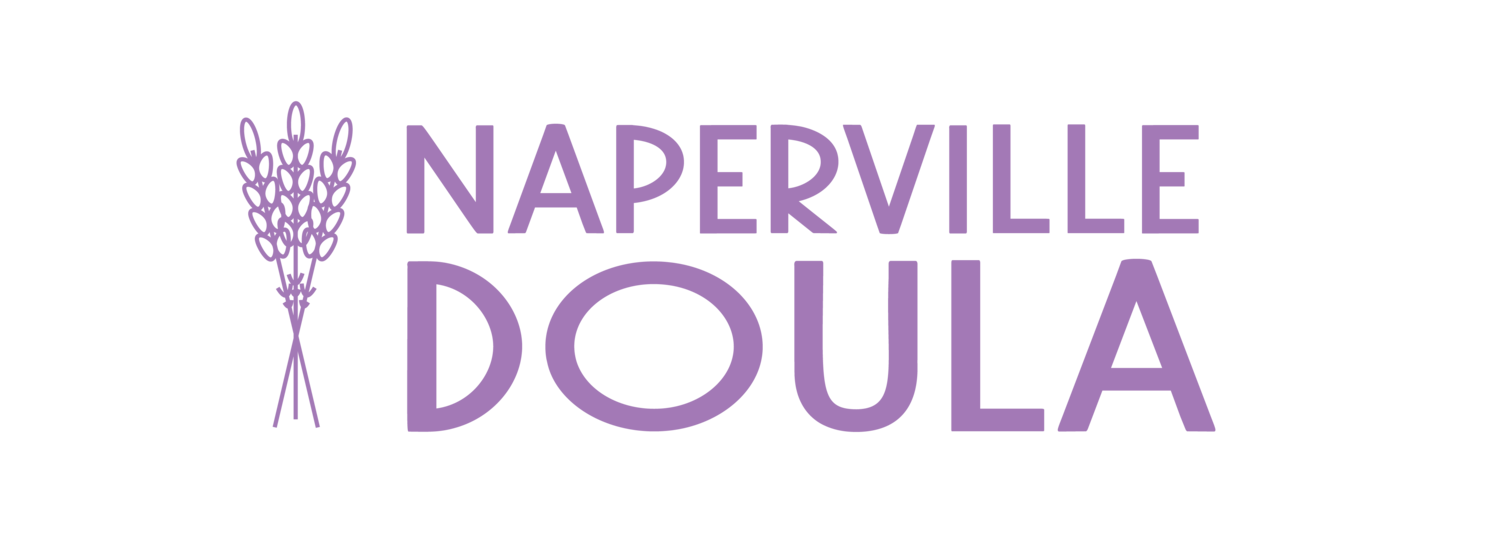Maternal Pushing
Coached Pushing vs. Maternal Pushing
When it comes to delivering a baby, the process of pushing can have a significant impact on both the mother and the baby. In recent years, there has been a debate between maternal pushing and coached pushing, with both techniques having their own benefits and drawbacks.
Maternal pushing is a technique where the mother is allowed to push based on her own natural urge to push. This technique allows the mother to listen to her body and push when she feels the need to do so. The mother is given the freedom to push in any position that feels comfortable, such as squatting, standing, or lying down. This technique has been found to reduce the likelihood of episiotomy, and it can also reduce the risk of fetal distress.
On the other hand, coached pushing is a technique where the healthcare provider instructs the mother on when and how to push. The mother is typically coached to push for a set amount of time during each contraction. This technique has been found to reduce the length of the second stage of labor, and it may reduce the risk of shoulder dystocia. However, this technique can also lead to exhaustion and may result in tearing or episiotomy.
So, which technique is better? The answer is that it depends on the individual needs and preferences of the mother. Some mothers may feel more comfortable with maternal pushing, while others may prefer the guidance provided by coached pushing. It's important for mothers to discuss their options with their healthcare provider and make an informed decision based on their individual circumstances.
It's also worth noting that there are other factors that can impact the delivery process, such as the position of the baby, the size of the baby, and the mother's overall health. In some cases, medical intervention, such as forceps or vacuum extraction, may be necessary to assist with delivery.
The decision between maternal pushing and coached pushing should be made based on individual circumstances and preferences. It's important for mothers to have open communication with their healthcare provider and to trust their own instincts during the delivery process. With the right support and guidance, mothers can have a safe and successful delivery experience.
